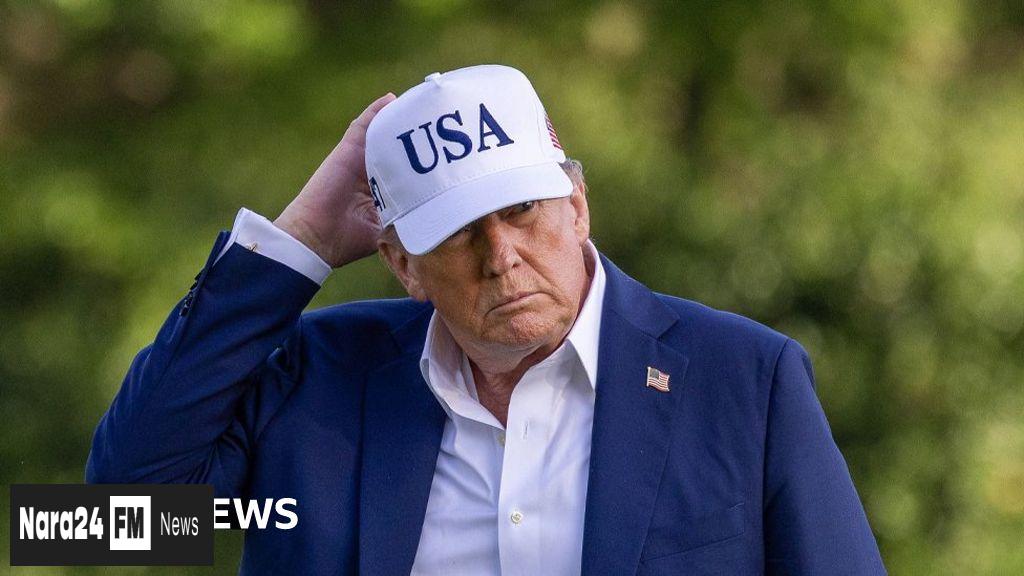In This Article
- Trump Extends Tariff Deadline to August 1
- Global Trade Tensions with Japan and South Korea
- Responses from Key Trading Partners
- Market Reactions and 'TACO' Skepticism
- Shifting Trade Dynamics and Currency Trends
- Tariff Revenue Surge and Policy Uncertainty
Key Takeaways
- President Trump has extended the U.S. tariff implementation deadline from July 9 to August 1, signaling potential further delays.
- The administration's stalled trade negotiations with Japan and South Korea highlight growing international tensions over 'reciprocal' tariffs.
- Global partners, including Japan, are leveraging economic tools like U.S. debt holdings to counter U.S. trade pressures.
- Financial markets remain stable, but analysts warn that prolonged tariff delays could destabilize global trade relations.
- U.S. tariff revenues have surged to record levels in May, though long-term economic impacts and shifting trade alliances remain uncertain.
President Donald Trump has once again extended the deadline for implementing tariffs, pushing it from its original date of July 9 to August 1, with the possibility of further delays. This move comes as the administration struggles to secure trade deals with key global partners, despite earlier promises of "90 deals in 90 days."
The delay highlights the growing tension between the U.S. and its trading partners, particularly Japan and South Korea, which have been singled out in recent communications from the White House. These letters, sent to 18 countries responsible for 95% of America's trade deficit, echo the administration's earlier stance on "reciprocal" tariffs but have yet to yield significant progress.
Japan’s Finance Minister has openly criticized the U.S. approach, even hinting at leveraging its vast holdings of U.S. government debt as a potential bargaining chip. Meanwhile, South Korea’s trade relationship with the U.S. continues to face uncertainty as negotiations stall.
The global response to Trump’s tariff strategy has been firm, with many countries refusing to back down. Financial markets have remained relatively calm, but analysts warn that repeated delays could lead to renewed instability. The concept of "TACO" (Trump Always Chickens Out) has gained traction among traders, reflecting skepticism about the administration's ability to follow through on its threats.
Trade dynamics have already shifted significantly this year. The U.S. dollar has declined by 10% against several major currencies, countering Treasury Secretary Scott Bessent’s prediction that a stronger dollar would offset inflationary pressures from tariffs. Additionally, Chinese exports to the U.S. have dropped by 9.7% in 2024, while its shipments to other regions, including the UK, ASEAN nations, and Africa, have seen substantial increases.
Despite the delays, the U.S. Treasury has begun to see a surge in tariff revenues, with record receipts reported in May. However, the long-term impact of these policies remains uncertain. As the U.S. continues to impose higher tariffs—now averaging 15%, compared to 2-4% in previous decades—global trade patterns are shifting, with countries like the UK, India, and Canada forging new economic alliances.
The standoff underscores the Trump administration’s inability to secure meaningful trade agreements, even as global partners play hardball. With the potential for further delays and legal challenges to the tariffs’ legality, the future of U.S. trade policy remains in flux.







Comments (0)
Leave a Comment
Be the first to comment on this article!